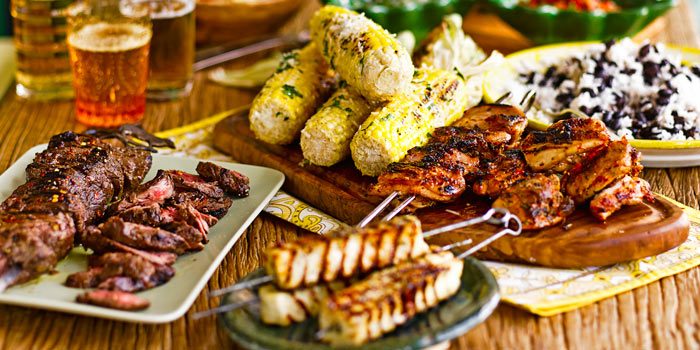Introduction to Traditional Brazilian Bread
Bread is an essential component of many cultures. In Brazil, bread has been a part of the cuisine for centuries. The variety of Brazilian bread is a reflection of the country’s diverse cultural heritage, including indigenous, Portuguese, and African influences. The traditional Brazilian bread is an essential component of the cuisine, with different regions of the country offering their own unique varieties.
The Influence of Indigenous Culture on Brazilian Bread
Indigenous culture has had a significant impact on Brazilian bread varieties. The use of cassava flour and corn flour is a reflection of the indigenous influence on Brazilian cuisine. Pão de queijo is a popular Brazilian bread variety that is made from cassava flour, cheese, and eggs. This bread is a staple in many Brazilian households, and the recipe has been passed down through generations.
The Portuguese Influence on Brazilian Bread
The Portuguese were the first to bring wheat to Brazil, which had a significant impact on the country’s bread culture. Portuguese bread varieties such as pão francês and pão de milho (cornbread) are popular in Brazil. Pão de milho is a sweet bread made with cornmeal, sugar, and coconut milk. This bread is often served as a breakfast or dessert item.
African Influence on Brazilian Bread Varieties
The African influence on Brazilian bread culture is evident in the use of ingredients such as coconut milk, peanuts, and palm oil. African slaves brought these ingredients to Brazil, and they have become essential components of Brazilian cuisine. Acarajé, a bread made from black-eyed peas, is a popular Brazilian street food that has its roots in African cuisine.
Brazilian Regional Bread Varieties
Brazil is a large country with different regions offering their own unique bread varieties. In the Northeast, for example, pão de coco (coconut bread) is a popular item. In the South, pão alemão (German bread) is a favorite among locals. In the Amazon region, bread made from manioc flour is a staple food.
Sweet Brazilian Bread Varieties
Brazilian sweet bread varieties are popular amongst locals and visitors alike. Pão doce (sweet bread) is a common item found in many Brazilian bakeries. This bread is often flavored with cinnamon, vanilla, and sugar. Bolo de fubá (cornmeal cake) is another sweet bread variety that is popular in Brazil.
Brazilian Bread in Modern Cuisine
Traditional Brazilian bread varieties are still an essential component of the country’s cuisine. However, modern cuisine has also influenced the bread culture in Brazil. Bakeries and cafes now offer different varieties of artisanal bread, including French baguettes and sourdough bread.
Conclusion: The Richness of Brazilian Bread Culture
Brazilian bread culture is a reflection of the country’s diverse cultural heritage. Indigenous, Portuguese, and African influences have all played a significant role in shaping Brazilian bread varieties. The different regions of Brazil offer their own unique bread varieties, and sweet bread varieties are also popular among locals. The richness of Brazilian bread culture is a testament to the country’s diverse and vibrant food culture.

